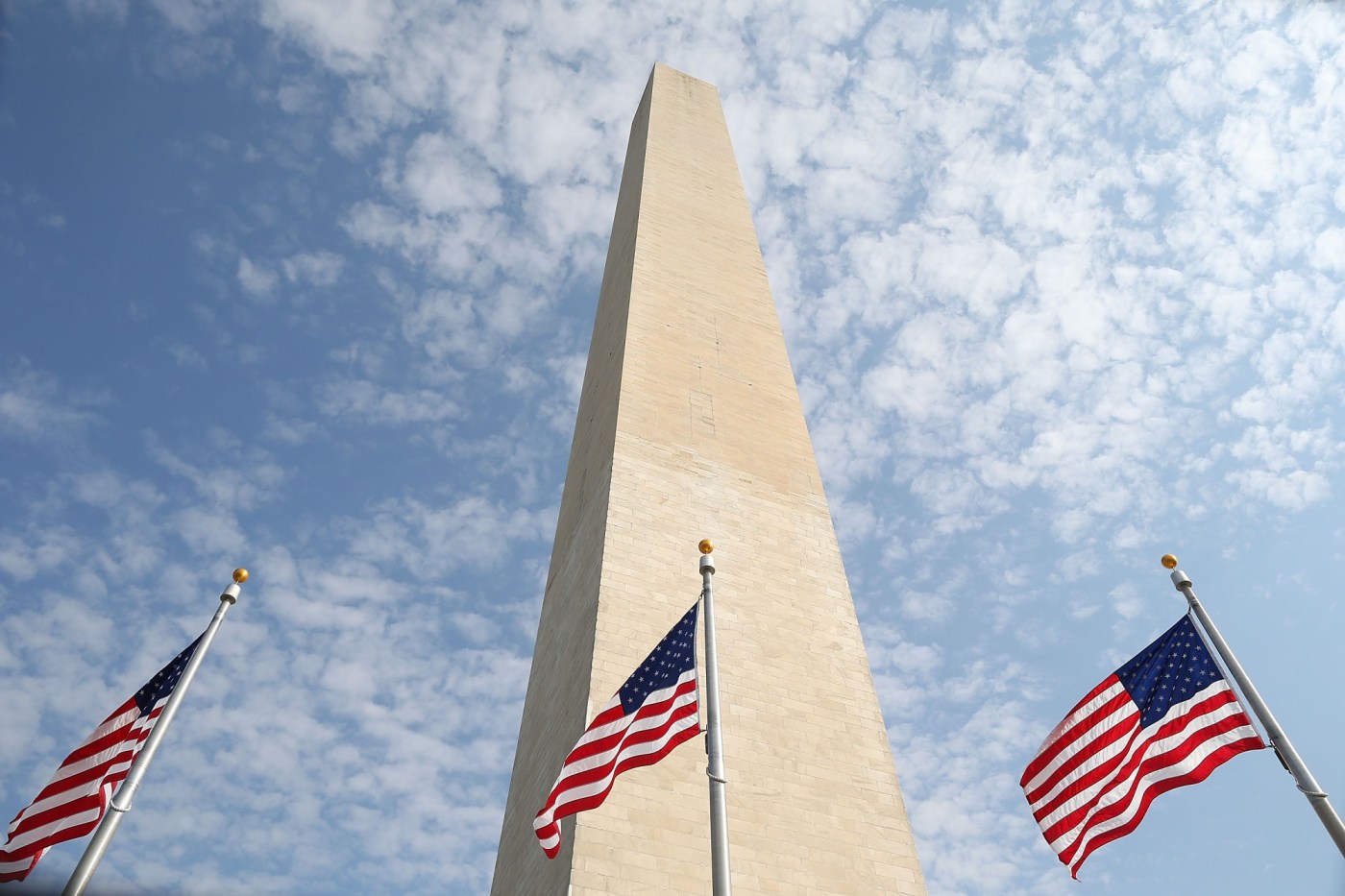Lifestyle
Exploring the Legacy of U.S. Presidents Through Their Memorials

Presidential gravesites and memorials across the United States serve as important historical markers that commemorate the lives of the nation’s leaders. From grand monuments to simple headstones, these sites reflect the diverse legacies of each president. As noted by Thomas Luebke and Kay Fanning in their book, American Shrines: The Architecture of Presidential Commemoration, the U.S. lacks a unified pantheon for its deceased presidents, unlike other countries with prominent burial sites for their leaders.
George Washington, the nation’s first president, had specific wishes for his burial. He requested no speeches or parades and that his remains remain at Mount Vernon. Despite his intentions, Congress sought to entomb him beneath a grand monument in the Capitol. Ultimately, Washington’s burial site remained as he desired, overlooking the Potomac River. The Washington Monument, a tribute to his legacy, began construction in 1848.
In contrast, Abraham Lincoln received a national funeral after his assassination in 1865. His embalmed body, the first of a U.S. president to undergo this process, was transported over 1,700 miles by train to Springfield, Illinois. Along the route, thousands mourned as his open casket passed. Establishing Lincoln’s final resting place was fraught with challenges, including an attempted body theft. His tomb was finally completed and rededicated by President Herbert Hoover in 1931, marked by a granite obelisk that rises over 100 feet above his burial chamber.
Victorian Commemoration and Presidential Memorials
The end of the 19th century saw a surge in elaborate presidential memorials, a trend likely influenced by the lingering memories of the Civil War and the nation’s emerging identity. Ulysses S. Grant, a Civil War hero and the 18th president, died on July 23, 1885. His body was temporarily interred while a monumental tomb was built on New York City’s Upper West Side. Dedicated in 1897, Grant’s neoclassical mausoleum remains the largest tomb in the Western Hemisphere, overlooking the Hudson River.
At Lake View Cemetery in Cleveland, Ohio, the James Garfield Memorial stands as a castle-like tribute to the 20th president, who endured great suffering after being shot by an assassin. At 180 feet, this memorial surpasses Grant’s Tomb in height but not in volume. It uniquely displays Garfield’s casket for public viewing.
Not all presidential gravesites are grand. Calvin Coolidge, known for his humility, rests in a small, unguarded cemetery in Vermont, with a plain headstone that blends with those of his relatives. Similarly, Martin Van Buren, the first president born a U.S. citizen, is buried under a modest obelisk in Kinderhook, New York. Grover Cleveland, another former president, is interred in Princeton Cemetery, where his grave is easily overlooked.
Though known for his vibrant personality, Theodore Roosevelt has a surprisingly simple gravesite in Oyster Bay, New York. Historian Richard Norton Smith remarked that Roosevelt’s final resting place near a bird sanctuary is fitting for the conservationist he was.
Modern Presidential Commemoration
The mid-20th century marked a shift in how presidents were memorialized. As noted in the book Dead Presidents, some presidents began to take it upon themselves to establish their legacies. The first presidential library was posthumously established for Rutherford B. Hayes in 1916, but the official Presidential Library System began in 1939 during Franklin D. Roosevelt’s presidency. FDR agreed to donate his papers and private funds for a library that remains on his estate in Hyde Park, New York.
Since then, every president after FDR has created a personal library and museum, except for John F. Kennedy, who is interred at Arlington National Cemetery. All presidents elected and deceased after Roosevelt have been buried near their respective archival centers, further solidifying their legacies.
Presidential gravesites and memorials across the United States not only commemorate the lives of past leaders but also serve as enduring links between present generations of Americans and the individuals who shaped the nation’s history.
-

 Lifestyle3 months ago
Lifestyle3 months agoLibraries Challenge Rising E-Book Costs Amid Growing Demand
-

 Sports3 months ago
Sports3 months agoTyreek Hill Responds to Tua Tagovailoa’s Comments on Team Dynamics
-

 Sports3 months ago
Sports3 months agoLiverpool Secures Agreement to Sign Young Striker Will Wright
-

 Lifestyle3 months ago
Lifestyle3 months agoSave Your Split Tomatoes: Expert Tips for Gardeners
-

 Lifestyle3 months ago
Lifestyle3 months agoPrincess Beatrice’s Daughter Athena Joins Siblings at London Parade
-

 World3 months ago
World3 months agoWinter Storms Lash New South Wales with Snow, Flood Risks
-

 Science3 months ago
Science3 months agoTrump Administration Moves to Repeal Key Climate Regulation
-

 Science2 months ago
Science2 months agoSan Francisco Hosts Unique Contest to Identify “Performative Males”
-

 Business3 months ago
Business3 months agoSoFi Technologies Shares Slip 2% Following Insider Stock Sale
-

 Science3 months ago
Science3 months agoNew Tool Reveals Link Between Horse Coat Condition and Parasites
-

 Sports3 months ago
Sports3 months agoElon Musk Sculpture Travels From Utah to Yosemite National Park
-

 Science3 months ago
Science3 months agoNew Study Confirms Humans Transported Stonehenge Bluestones









